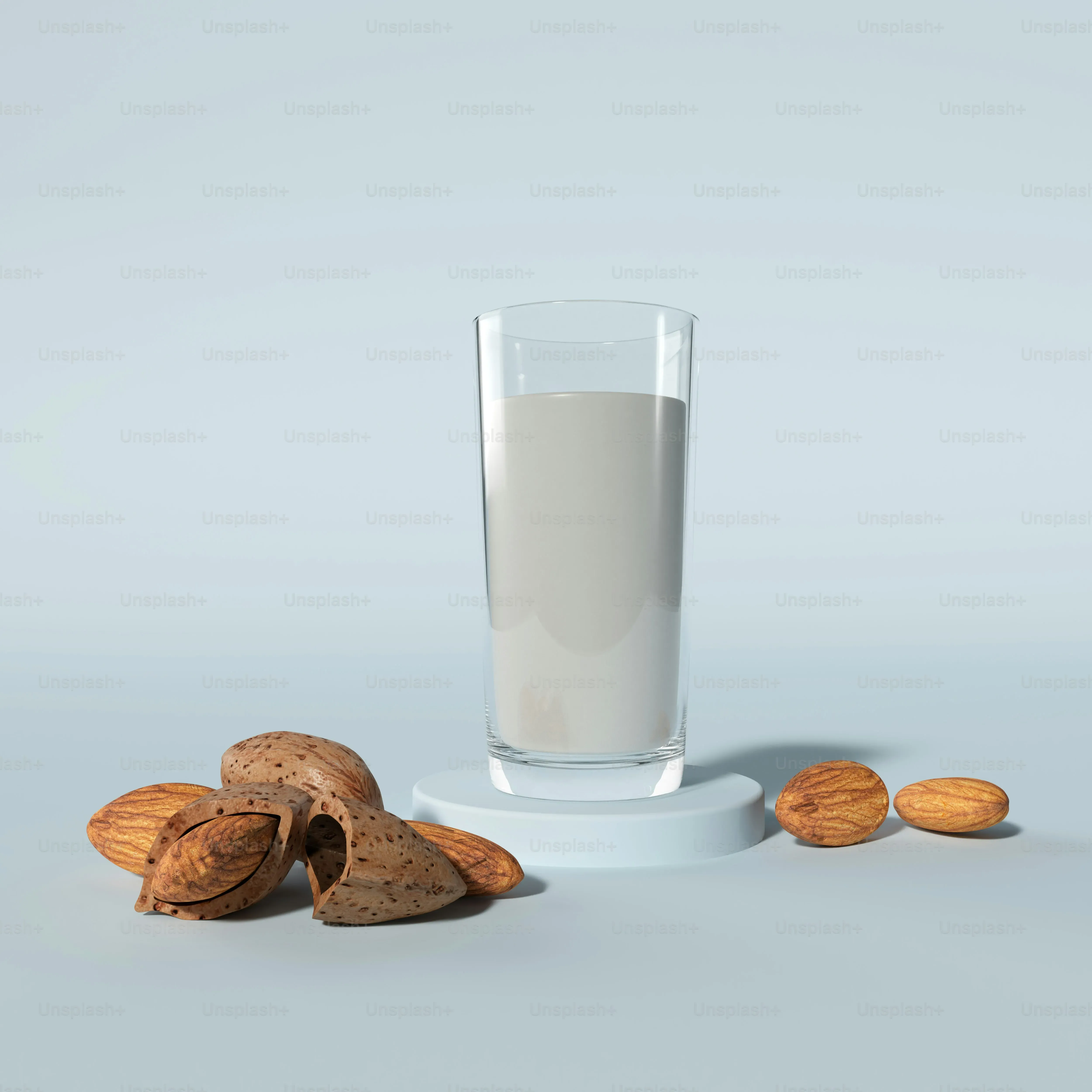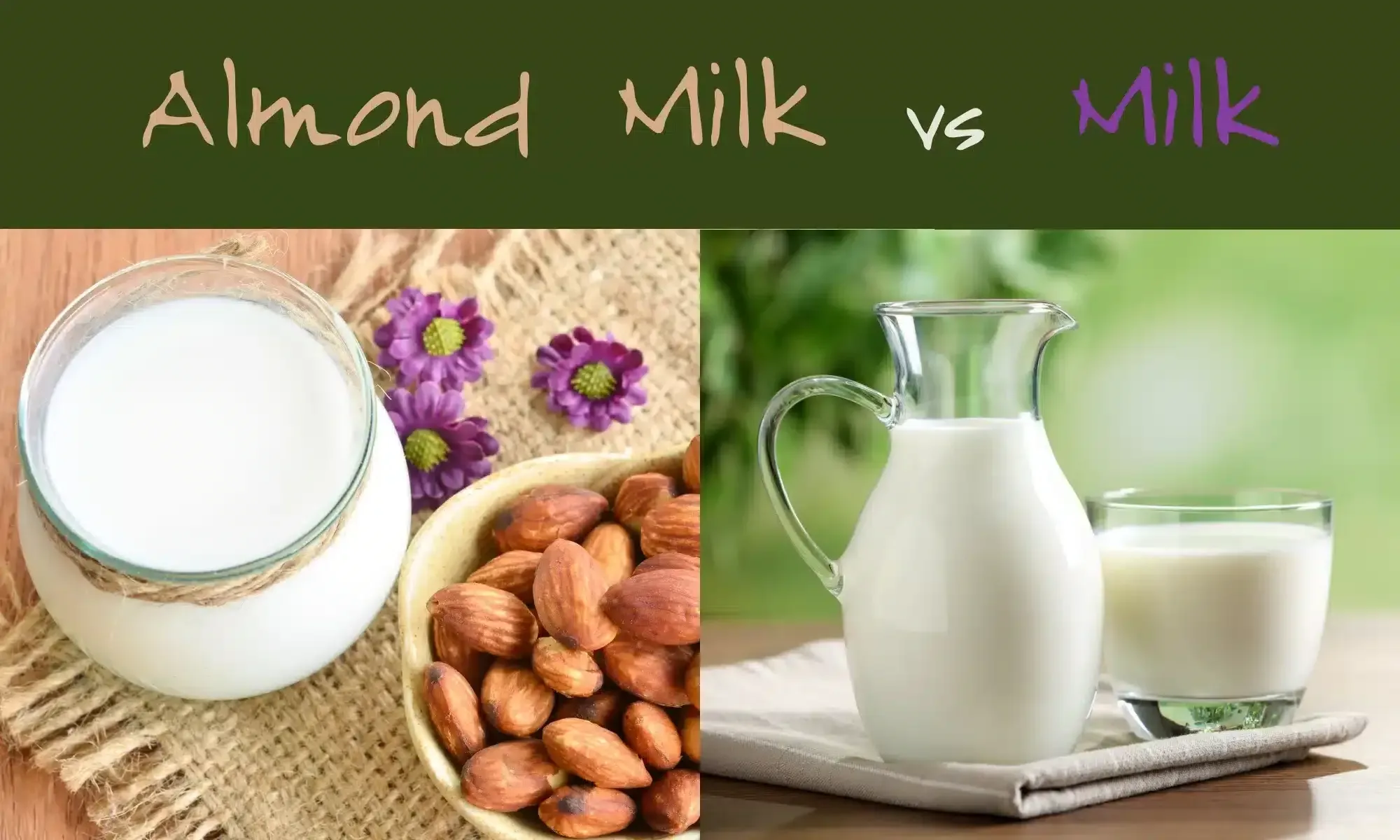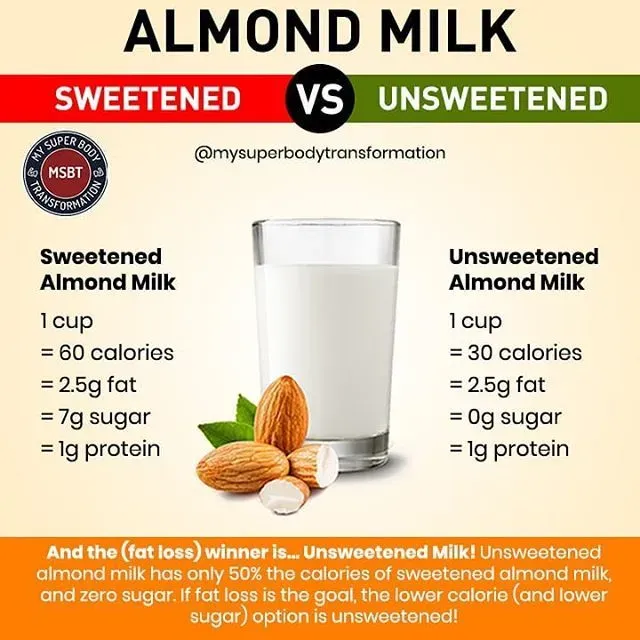Table of Contents
Walk into any grocery store dairy or alternative milk section these days, and you’re faced with more choices than ever. It’s enough to make your head spin. For years, low fat milk was the go-to "healthy" option for many. But now, plant-based alternatives like almond milk have exploded in popularity, promising different benefits. This leaves a lot of people scratching their heads, wondering which carton to grab. Is one definitively better than the other? When you stack up low fat milk vs almond milk, the answer isn't always simple. They offer different nutrient profiles, taste experiences, and even environmental impacts. Choosing the right one depends on your personal health goals, dietary needs, and what you actually enjoy drinking or using in your coffee and cereal. Forget the marketing hype for a second. This article cuts through the noise to give you a straightforward look at what each option brings to the table. We’ll dive into the facts so you can make an informed decision that works for you, exploring everything from vitamins and calories to how they perform in your morning smoothie.
The Dairy Aisle Question: Low Fat Milk vs Almond Milk

The Dairy Aisle Question: Low Fat Milk vs Almond Milk
Standing in the milk aisle can feel like navigating a minefield these days. It used to be simple: whole, 2%, skim. Maybe chocolate or strawberry if you were feeling wild. Now? Almond, oat, soy, cashew, macadamia, pea protein, and still, the old faithful dairy options like low fat milk. Everyone’s got an opinion, and the packaging promises everything from bone strength to environmental salvation. Figuring out the real difference when comparing low fat milk vs almond milk goes beyond just scanning the nutrition label; it’s about understanding what you’re actually getting and if it aligns with what you need or want, without getting lost in the marketing jargon.
Nutritional Showdown: What's Really in Low Fat Milk and Almond Milk?
Alright, let's get down to brass tacks on what you're actually pouring into your glass when considering low fat milk vs almond milk. Dairy milk, even the low-fat version, is a powerhouse when it comes to certain nutrients. Think protein – it’s got a solid punch of complete protein, the kind your body uses efficiently. It’s also naturally loaded with calcium and often fortified with Vitamin D, both crucial for bone health. On the flip side, plain, unsweetened almond milk is typically much lower in calories and fat than even low-fat dairy, which sounds great, right? But here's the catch: it's naturally very low in protein. Most of the nutrients you see listed on an almond milk carton, like calcium and Vitamin D, are added during processing. Without that fortification, almond milk is mostly just filtered water and ground almonds, which means fewer naturally occurring vitamins and minerals compared to its dairy counterpart.
So, while almond milk might win on the calorie count, low fat milk generally takes the lead for natural protein and a broader spectrum of vitamins and minerals straight from the source. It's not just about what's *in* the milk, but how it got there.
- Low fat dairy milk: Natural protein source, good calcium/Vitamin D (often fortified).
- Almond milk: Lower calorie, lower fat, but nutrients mostly added (fortified).
- Check labels: Fortification levels vary between brands.
Beyond the Numbers: Taste, Cost, and Environmental Footprint

Beyond the Numbers: Taste, Cost, and Environmental Footprint
Taste and Your Wallet: What You Experience and What You Pay
so we've looked at the nutrition facts, but let's be real: how does it taste, and what's the damage to your bank account? Low fat milk has that familiar, slightly sweet, creamy texture. It works in coffee, cereal, baking – it’s the baseline for a lot of people. Unsweetened almond milk? It's thinner, with a subtly nutty, sometimes watery flavor depending on the brand. It can curdle in hot coffee if you're not careful, and it doesn't always bake the same way dairy does. Some people love the neutrality of almond milk, others find it a sad substitute. Taste is super subjective here, obviously. What about cost? Generally speaking, low fat dairy milk tends to be a bit cheaper per gallon than most almond milk options, especially the organic or specialty blends. Those nuts aren't free, and neither is the processing and fortification. If you're buying milk in bulk or using a lot, the cost difference between low fat milk vs almond milk can add up over time.
The Planet Angle: Which Carton Leaves a Smaller Footprint?
Beyond what's inside the carton and how it hits your taste buds or wallet, there's the environmental impact. This is where the low fat milk vs almond milk debate gets interesting, and sometimes a bit muddy. Dairy farming requires significant land, water, and feed, and cows produce methane, a potent greenhouse gas. There's no getting around that. Almonds, however, require a massive amount of water to grow, especially in drought-prone regions like California, where most US almonds come from. They also rely heavily on commercial beekeeping for pollination, which has its own set of ecological concerns. It's not as simple as saying one is "good" and the other is "bad." Both have environmental costs, just different ones. Producing almond milk generally results in fewer greenhouse gas emissions and uses less land than dairy, but the water usage for almonds is a significant factor that can't be ignored. It forces you to think about which environmental issue you prioritize.
Here's a quick look at some key comparisons:
- Taste: Low fat milk is richer, almond milk is thinner/nuttier.
- Cost: Low fat milk often slightly cheaper.
- Water Use: Almonds require high water usage.
- Land Use & Emissions: Dairy farming uses more land and produces more emissions.
Making Your Choice: Low Fat Milk vs Almond Milk for Your Lifestyle

Making Your Choice: Low Fat Milk vs Almond Milk for Your Lifestyle
Considering Your Dietary Needs and Health Goals
So, after wading through the nutritional facts and thinking about taste and cost, how do you actually make the call on low fat milk vs almond milk for your daily routine? It really boils down to what your body needs and what you're trying to achieve. If you're focused on maximizing protein intake without eating meat or a ton of other protein sources, low fat dairy milk is likely a better fit. It provides a complete protein profile that's hard to beat with plant-based milks unless they've been specifically fortified with protein isolates, which can sometimes taste... off. If lactose is an issue, obviously dairy is out unless you opt for lactose-free versions, but that's a whole other article. For those managing calorie intake strictly, unsweetened almond milk often has the lowest numbers, but remember you might need to get your protein and other nutrients elsewhere. It's not a magic bullet; it's a different tool.
Aligning with Taste Preferences and Environmental Concerns
Beyond the pure numbers, personal preference and ethical considerations play a huge role. Do you hate the taste and texture of almond milk? Don't force yourself to drink it just because someone on the internet said it's healthier. Compliance is key – you're more likely to stick with a choice you actually enjoy. Maybe the environmental impact is your primary driver. If the water usage of almonds in California keeps you up at night, perhaps dairy feels worse due to emissions. Or maybe you prioritize land use over water use. There's no single right answer here, and frankly, the environmental data can be complex and debated depending on the specific farming practices. Sometimes, the best choice is the one you'll actually consume consistently that meets most of your needs, rather than striving for some unattainable, perfect option. It's okay if your choice isn't the trendiest one.
- Assess protein needs: Low fat milk is a strong source.
- Consider calorie goals: Unsweetened almond milk is typically lower.
- Factor in lactose intolerance: Dairy is out unless lactose-free.
- Prioritize taste: Choose what you'll consistently drink.
- Weigh environmental impacts: Water use vs. land use/emissions.
Making Your Milk Decision
So, after looking at the facts, the low fat milk vs almond milk debate doesn't have a single, universal winner. Low fat dairy brings protein and a wider range of naturally occurring vitamins and minerals. Almond milk, often fortified, offers a lower calorie count and is a solid choice for those avoiding dairy. Your pick really comes down to what you prioritize: protein content, calorie reduction, taste preference, potential allergies, or environmental concerns. Don't let anyone tell you one is inherently superior across the board. Consider your own dietary needs, what you're using the milk for, and frankly, which one you actually enjoy drinking. Sometimes, it’s just that simple.
